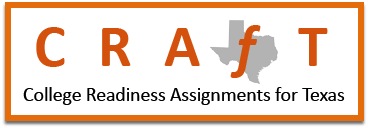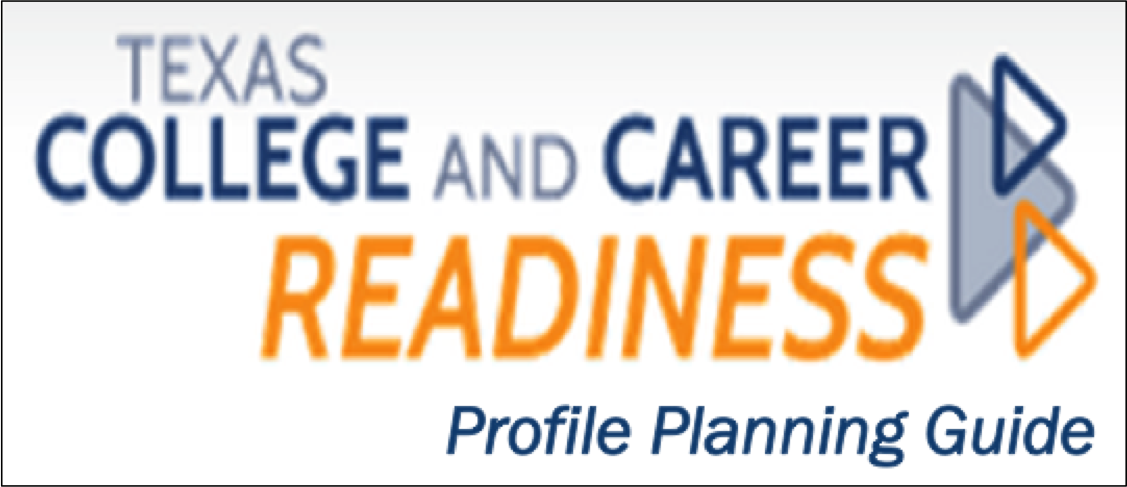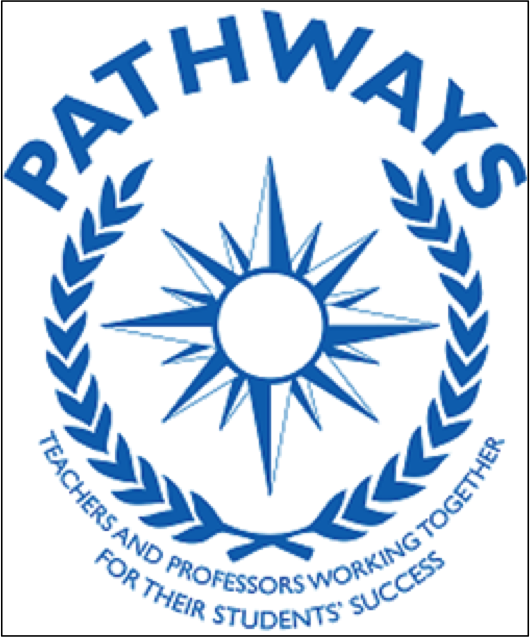III. Geometric Reasoning V. Probablistic Reasoning
A. Measurement involving physical and natural attributes
1. Select or use the appropriate type of unit for the attribute being measured.
a. Determine appropriate units of measurement needed for the object being measured in a given situation (e.g., unit analysis, degree, or radian measure of an angle.).
b. Select and accurately use an appropriate tool to make measurements.
c. Recognize and use significant digits to determine the accuracy of a measurement in problem situations.
d. Use the appropriate level of precision when providing solutions to measurement problems.
e. Know when to estimate and approximate measurements for given problem situations.
B. Systems of measurement
1. Convert from one measurement system to another.
a. Convert between basic units of measurement from one system to another system (e.g., inches to centimeters, kilometers to miles, pounds to kilograms).
2. Convert within a single measurement system.
a. Convert between basic units of measurement within a system (e.g., inches to feet, square inches to square feet, grams to milligrams).
C. Measurement involving geometry and algebra
1. Find the perimeter and area of two-dimensional figures.
a. Describe the difference between perimeter and area of two-dimensional figures and the units of measurement used in their calculation.
b. Solve problems involving perimeter and area of two-dimensional simple and composite figures with some unknown dimensions (e.g., triangles, quadrilaterals, circles).
c. Solve problems involving the distance between two points in the coordinate plane and make algebraic and geometric connections.
2. Determine the surface area and volume of three-dimensional figures.
a. Describe the difference between surface area and volume of three-dimensional figures and the relationship in the units of measurement used in their calculation.
b. Solve problems involving surface area and volume of three-dimensional simple and composite figures with some unknown dimensions, including prisms, pyramids, cylinders, cones, and spheres.
3. Determine indirect measurements of figures using scale drawings, similar figures, the Pythagorean Theorem, and basic trigonometry.
a. Determine how changes in dimension affect the perimeter, area, and volume of common geometric figures and solids.
b. Solve problems using proportional relationships in similar two-dimensional and three-dimensional figures to determine unknown measurements.
c. Determine unknown sides and angles in a right triangle using the Pythagorean Theorem and basic trigonometry.
D. Measurement involving statistics and probability
1. Compute and use measures of center and spread to describe data.
a. Select, compute, and justify measurements of center (e.g., mean, median, mode) based on the data set and other influential information.
b. Select, compute, and justify measurements of variation (e.g., range, IQR, percentiles, variance, standard deviation) based on the data set and other influential information.
c. Calculate weighted averages, indices, and ratings.
2. Apply probabilistic measures to practical situations to make an informed decision.
a. Justify decisions made from probability measures from a set of data.
b. Interpret given probability measures in a problem.
c. Use and interpret a normal distribution as a mathematical model of measurement for summarizing some sets of data.


 Show Printable Version
Show Printable Version



